With the ubiquitous spread of the Internet, personal computers and digital devices, and DIY websites, blogs and ebooks, the barriers to publishing for aspiring authors and writers are lower today than at any time since the invention of the Gutenberg printing press.
But the barrier between writing and good writing remains high. And it surely explains why so many writers first and foremost thank their editors in forewords, dedications and acknowledgements!
Not all writers have the luxury of editors. Whether you are an aspiring or published author, writing technical reports or project proposals, drafting a C.V. or job application, or even blogging, without an editor, like me, you will likely rely upon weighty reference tomes, Google searches and online grammar apps for editorial guidelines.
Be a good editor
‘Be a good editor. The Universe needs more good editors, God knows.’
― Kurt Vonnegut, Letters (2012)
With real-life examples, the style guide explains clearly the concepts of good writing, including styles, misused words, variant spelling, British and American English, tricky singulars and plurals, the perils of possession (not forgetting the perennial it’s v. its), and the benefits of using Plain English and the rules for doing so.
The style guide then looks at manuscript presentation. This section is of relevance whether your ‘manuscript’ is a fiction or nonfiction piece, a report or proposal, or any other form of writing. Formatting, pagination, headings, quotations, bibliographies and references, and the correct use of citations are as important to the writer of an essay as they are to the author of a book.
Browse & Buy on Amazon.com.au
– also available from Book Depository and Booktopia
Finally, the style guide explores publishing options, traditional versus independent and self-publishing, and provides an extensive author’s checklist. There is also an appendix, with standard forms, letters, and style templates, a glossary of common terms used in printing and publishing, and a helpful reference section of recommended resources for writers.
Be a good writer and a good editor
Denise O’Hagan has produced a style guide that can be read and enjoyed in its entirety (note the possessive its without an apostrophe?) or simply for reference purposes. I’m thinking of dipping into it as a style-primer before I start writing each day!
In short, with the Mini Style Guide on your desk, you can be a good writer and a good editor!
© 2018 Robert Fairhead
Disclosure statement: I was invited to review the Mini Style Guide and write the foreword for the book by the author, Denise O’Hagan. I received no payment for the review or foreword. I do receive affiliate sales income for books purchased from Amazon.com.au links on this blog and the writers’ website, TallAndTrue.com.
N.B. You might also be interested in this blog post, Grammarly – My Editor and Proofreader Friend (April 2018), and my selection of books reviews.
About RobertFairhead.com
Welcome to the blog posts and selected writing of Robert Fairhead. A writer and editor at the Tall And True writers' website, Robert also writes and narrates episodes for the Tall And True Short Reads podcast. In addition, his book reviews and other writing have appeared in print and online media, and he's published several collections of short stories. Please see Robert's profile for further details.

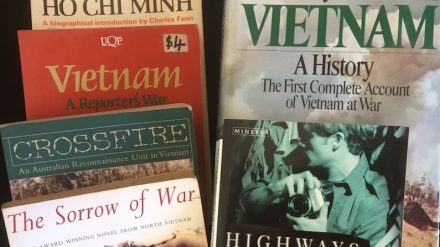
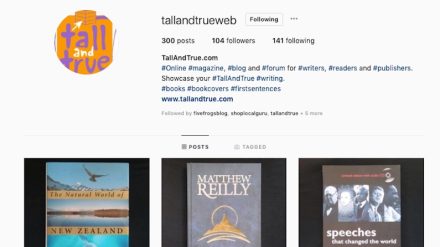

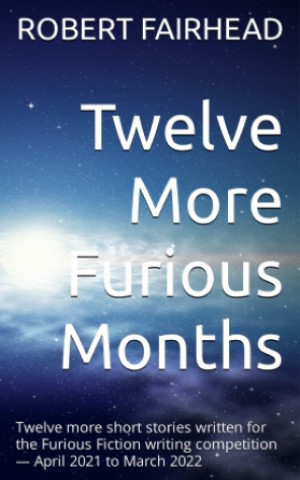
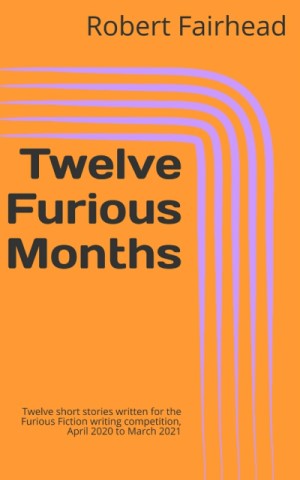
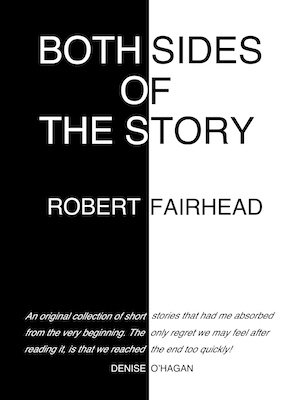
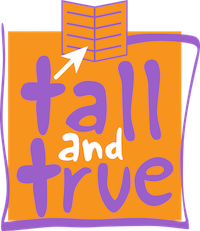
0 Comments